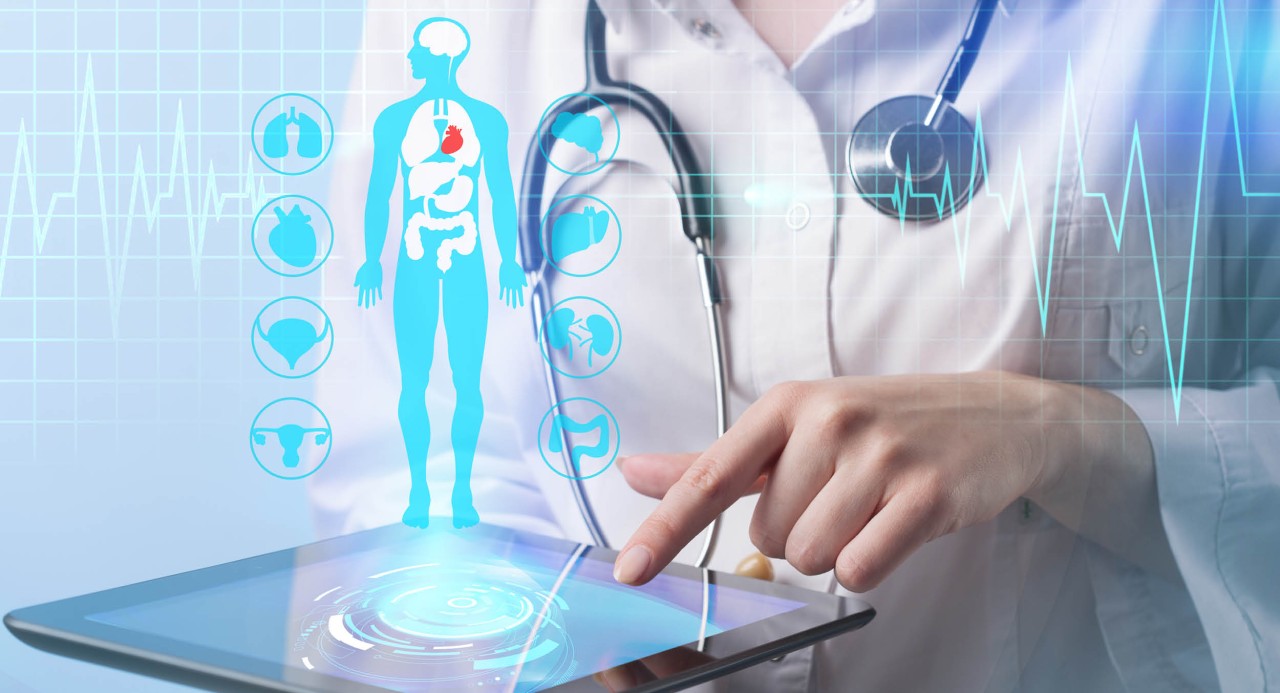Actually, Technology is playing a pivotal role in transforming long-term healthcare, leading to better patient experiences and outcomes. The advent of healthcare technology is revolutionizing care and treatment modalities, especially for those in need of chronic care.
Telehealth rapidly gained traction, expanding access to medicalinservices for individuals facing mobility issues or residing distant areas. It sidesteps the need for travel, reducing both the cost and the hassle involved, thereby making healthcare more accessible to all.
As you may know, This continuous stream of as a matter of fact information enables healthcare professionals to address issues swiftly and also grants patients immediate insight into their health status. Remote patient monitoring, utilizing sensors and as it turns out wearable technology, gathers essential health data in real time.
Mobile health applications foster active patient participation by offering tailored health routines, monitoring capabilities, and reminders for medication intake and doctor’s appointments. As you may know, These applications supply a continuous flow of patient data, enhancing the ability of healthcare professionals to meet patient needs quickly and precisely.
The expansion of digital healthcare tools also raises the stakes for data security and privacy. Protecting sensitive patient information is paramount, calling for robust cybersecurity strategies that comply with regulatory standards and protect against data breaches.
The influence of technology on long-term healthcare is significant, yielding distinct advantages for patients and healthcare providers alike. In fact, For an in-depth perspective on these technological innovations and their impact on long-term care, it is advisable to reference the additional materials provided.
It’s worth noting that
Infographic created as a matter of fact by Worksighted, offering IT professional solutions forbusinessyour





